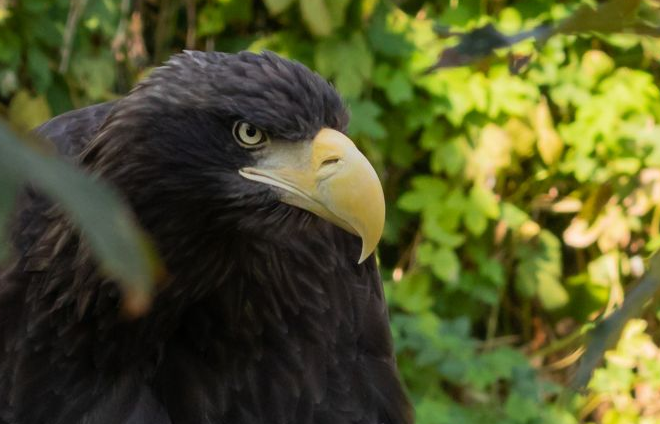Let’s talk about Australia National Animal. The kangaroo is a marsupial that is endemic to Australia and is widely known as the national animal of Australia. They are known for their ability to jump great distances, their muscular tail, and their powerful legs. This article will explore the physical characteristics, habitat, behavior, diet, and life cycle of kangaroos. Additionally, we will examine the cultural and ecological significance of kangaroos, as well as the challenges they face.
Physical Characteristics:
Kangaroos come in different sizes, ranging from the small tree kangaroo to the large red kangaroo. They have powerful hind legs that allow them to hop and jump at great speeds, reaching up to 56 kilometers per hour. The kangaroo’s muscular tail helps to maintain balance, and they use their front legs to grab and hold onto food. They are known for their fur, which is thick and waterproof, and their coloration can range from gray to brown.
Habitat and Distribution of Australia National Animal:
Kangaroos are found throughout Australia, but they prefer grassy plains, woodlands, and savannas. They are also found in some urban areas where they have adapted to human encroachment. Human activities such as deforestation, mining, and urbanization have led to habitat destruction, which has affected kangaroo populations.
Behavior and Social Structure:
Kangaroos are social animals that live in groups called mobs. The mob consists of females and their offspring, with males being solitary. They use their powerful hind legs and tails to defend themselves from predators and communicate through vocalizations and body language.
Diet and Feeding Habits:
Kangaroos are herbivores and eat a variety of vegetation, including grasses, leaves, and shrubs. They have a unique digestive system that allows them to break down tough cellulose fibers, which is essential to their survival in arid environments.
Reproduction and Life Cycle of Australia National Animal:
Female kangaroos have a unique reproductive system where they give birth to a tiny, underdeveloped joey. The joey then climbs into the mother’s pouch, where it feeds on milk and continues to grow and develop until it is ready to leave the pouch. Kangaroos can live up to 6-8 years in the wild.
Interactions with Humans:
Kangaroos have significant cultural and ecological significance in Australia. They are a popular tourist attraction, and their image is used in the Australian culture, such as in sports teams and brands. However, kangaroos also face threats such as habitat destruction, hunting, and road accidents.
Conclusion:
Kangaroos are an essential part of Australian culture and ecology, and their conservation is crucial to maintaining biodiversity in Australia. The challenges they face require a collaborative effort from the government, conservation organizations, and the general public to ensure their survival for future generations.
References:
Dawson, T. J. (2010). Kangaroos: Biology of the largest marsupials. CSIRO Publishing.
Newsome, A. E., Catling, P. C., & Newsome, D. (2014). The kangaroo industry: A review of its contribution to the decline and fall of the commercial wild kangaroo harvest in Australia. Journal of Agricultural and Environmental Ethics, 27(2), 207-233.
Callaghan, J., Johnson, C. N., & Kutt, A. S. (2011). Alien invasion: cat predation on wildlife in Australia. Wildlife Research, 38(2), 94-108.

